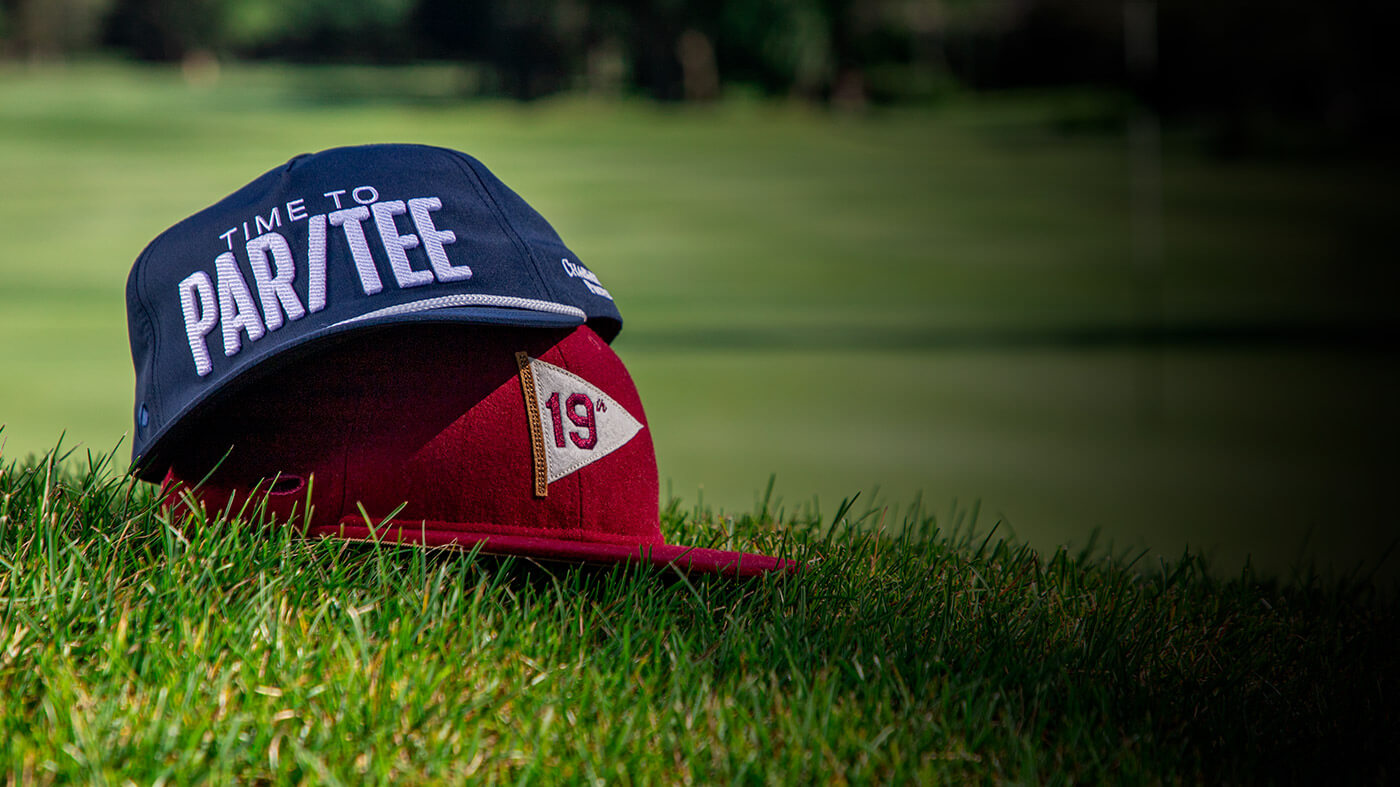

It was the Ladies Golf Association, who, from 1893, began to develop a national handicapping system for women. Mr Doleman called this 'par' for Prestwick and subsequently Young Tom Morris won with a score of two strokes 'over par' for the three rounds of 36 holes.Īlthough the first noted use of the word "par" in golf was in Britain and predates the bogey, today's rating system does not and the par standard was not further developed until later. Strath and Anderson said that perfect play should produce a score of 49 for Prestwick's twelve holes. In 1870, Mr AH Doleman, a golf writer, asked the golf professionals David Strath and James Anderson, what score would win 'The Belt', then the winning trophy for 'The Open', at Prestwick, where it was first held annually from 1861 to 1870. Par is derived from the stock exchange term that a stock may be above or below its normal or 'par' figure. Later, in the middle of 20th century, bogey was used as the term of one above par. They could not measure themselves against a 'Mister' Bogey or have him as a member, so 'he' was given the honorary rank of Colonel. The United Club was a services club and all the members had a military rank. In 1892, Colonel Seely-Vidal, the Hon Secretary of the United Servic es Club at Gosport, also worked out the 'bogey' for his course. Fourteen couples started but the bogey defeated them all.' On 2nd January 1892, The Field reported that 'a novelty was introduced in the shape of a bogey tournament for a prize. This allowed the introduction of bogey competitions, which we would call handicap competitions or stablefords. Golfers of the time considered they were playing a Mister Bogey when measuring themselves against the bogey score. So at Yarmouth and elsewhere the ground score became known as the bogey score.Ī 'bogle' was a Scottish goblin as far back as the 16th Century and a Bogey-man was a widely used term for a goblin or devil. This was probably a reference to the eponymous subject of an Edwardian music hall song "Hush! Hush! Hush! Here Comes the Bogey Man", which was popular at that time.

During one competition Mr CA Wellman (possibly Major Charles Wellman) exclaimed to Dr Browne that, "This player of yours is a regular Bogey man". Great Yarmouth where term Bogey was first coinedĭr Browne, Secretary of the Great Yarmouth Club, adopted the idea, and, with the assent of the club's golfers, this style of competition was introduced there for use in match play.


 0 kommentar(er)
0 kommentar(er)
